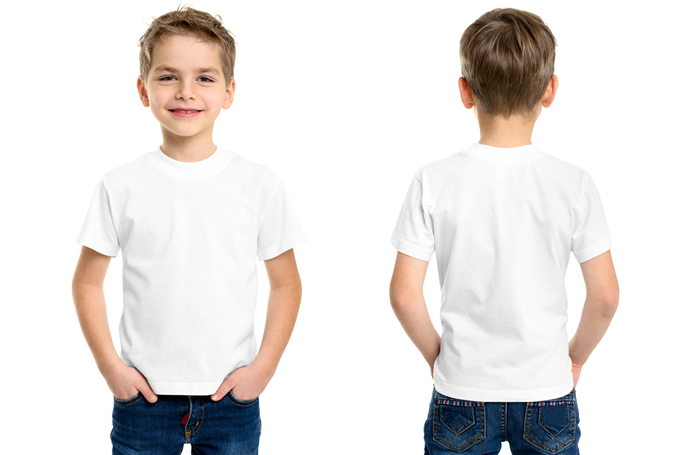
How to Tell If Your Child Has a Curved Spine
Scoliosis is a serious condition, predominantly affecting children between ages 10 to 16. Presenting as a curved spine, the condition can also be seen in younger children and adults.
If you suspect your child may have this condition, there are some simple ways to discern if there’s a curvature in play. How to tell if your child has a curved spine is a matter of observation on your part.
Things to look for.
When your child’s spine has a curve, the effect can be rotation of the ribs. To discern whether this is the case, ask your child to bend forward. If there’s a curvature, it will be indicated by an elevated portion of the ribcage when looking at your child’s back.
Scoliosis may also cause children to habitually lean to one side or the other, or for one shoulder to sit higher than the other. Some children will have one shoulder blade that protrudes. A lump or hump on one side of the back is another sign your child has a curved spine.
Timely diagnosis is key.
While children are still growing, spinal curvatures will become more pronounced. If you see any of the foregoing symptoms in your child, it’s, therefore, crucial that you seek a diagnosis as soon as possible, so remedial treatment can be applied.
Infantile scoliosis is not as simple to detect as scoliosis in older children and occurs in toddlers and infants under the age of three. Sometimes, a spinal curvature in children of this age group will improve. Once an infant can sit up, though, a curve can be more easily discerned.
Young children should undergo diagnostics like x-rays to determine if a curve is present. A scoliosis diagnosis in the early years of a child’s life can mean more severe problems later in life, like pulmonary issues. As the spine continues to twist, breathing may become difficult.
With timely diagnosis, scoliosis in very young children can be ameliorated with the use of a plastic brace to slow the curvature.
Scoliosis and pain.
Approximately 1/3 of children with scoliosis experience pain, but you can help your child relieve this with targeted stretching and strengthening exercises for the core.
I advise that you pursue a clinically directed program, in addition to your own efforts, as these have seen amazing results in children with curved spines. The Scroth Method and scoliosis-specific Yoga are two examples of therapeutic exercise that can contribute to better health and wellness, as well as pain relief.
Scoliosis and Spine Associates.
As I said earlier, the first thing you should do once you’ve determined that your child has a curved spine is to seek diagnosis. Depending on the severity of the condition, Scoliosis and Spine can then proceed with appropriate treatment.
At Scoliosis and Spine, we favor a conservative therapeutic approach. We’re on the leading edge of innovation and state-of-the-art treatments to serve our patients with spine care that puts their needs first.
Contact the Scoliosis and Spine Associates team. Let us help.
